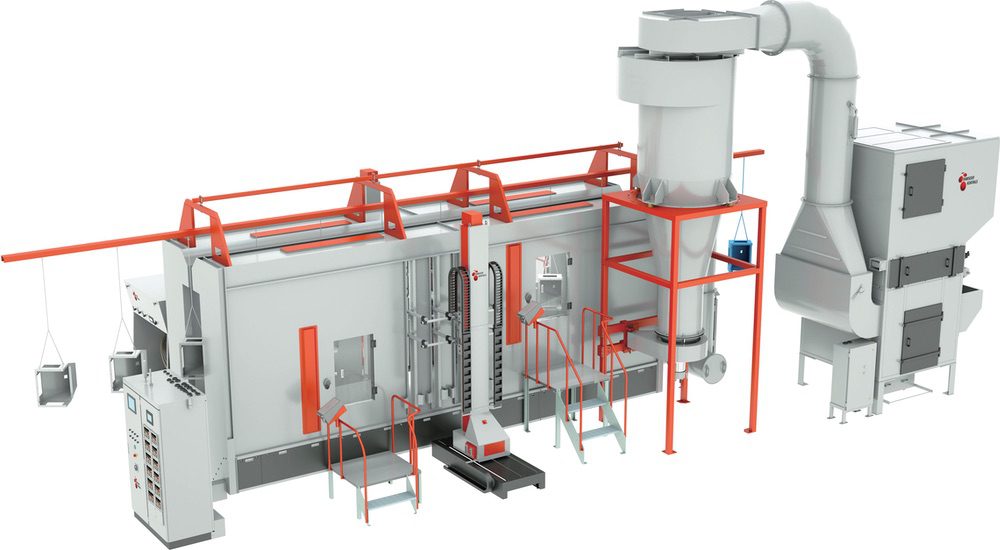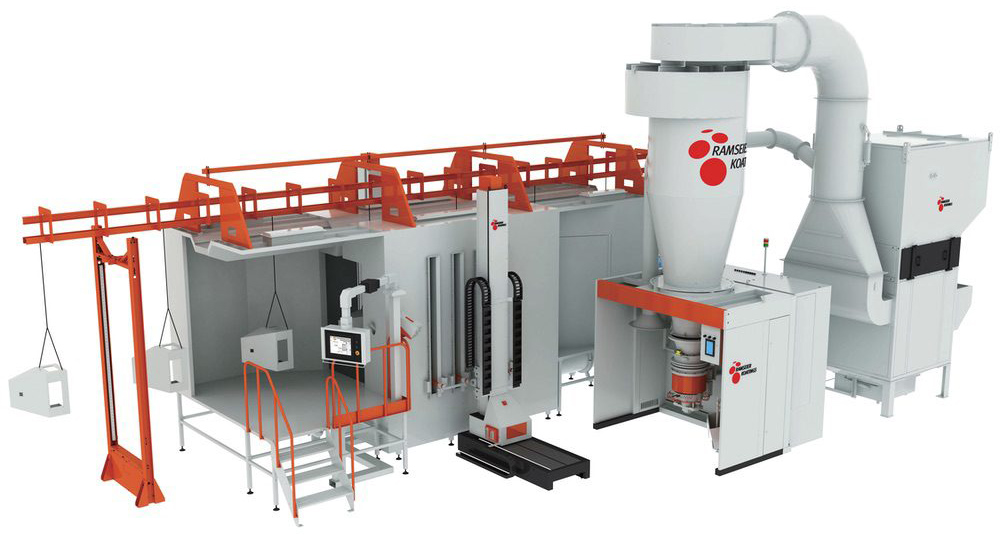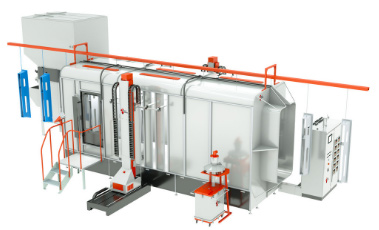
+852 2363 2511
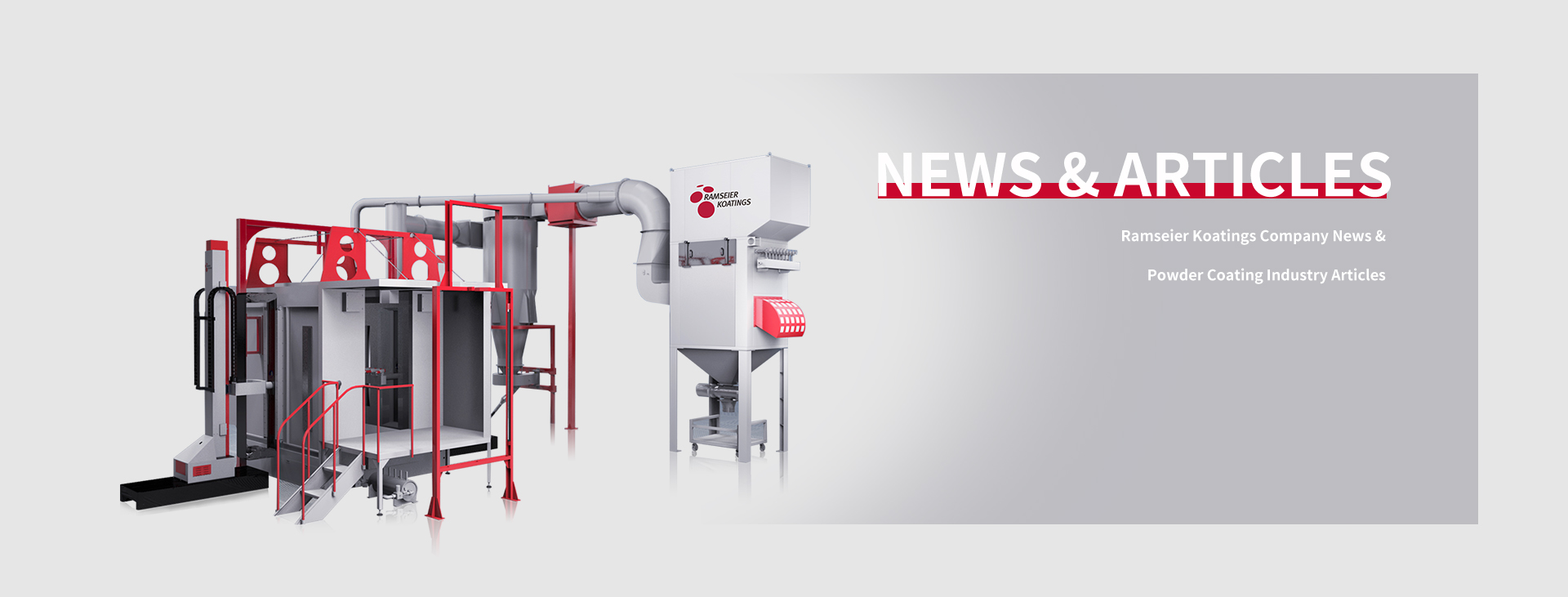







Consumer appliances are present everywhere in today’s life to the point of being taken for granted. Nonetheless, modern appliances have to balance practicality, durability, and aesthetic appeal. By leveraging powder coating, appliance manufacturers are able to offer long-lasting and aesthetically appealing products. These may include refrigerators, air conditioning units, washing machines, dishwashers, and more.
To stay competitive with standout appliances, a manufacturer has to invest in sophisticated powder coating systems. These assets allow you to deliver products with high quality finishes.
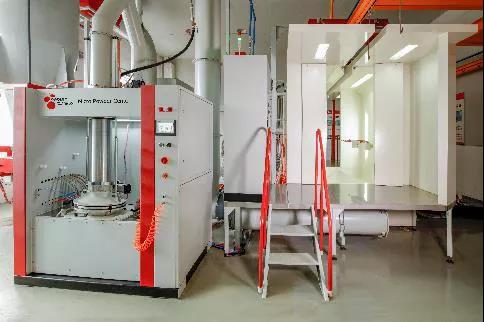
Consumer appliances necessitate a combination of aesthetics and resistance to corrosion, abrasion, temperature cycles and daily wear. This is where powder coating, which involves using a polymer to apply a protective layer on appliance parts, comes in. The polymer may be thermoset or thermoplastic.
This finish lasts longer compared to those from other solutions such as liquid coatings. It is also more scratch and chip resistant. Also, surface protection is not the sole benefit of powder coating. Appliances are also exposed to harsh chemicals present in cleaning products.
Today, manufacturers can coat a wide range of materials due to advancements in powder coating systems. A great example is UV curable coatings. Originally, manufacturers used powder coating for metal components. Now you can coat materials including plastics, composites and carbon fiber. This is because modern techniques require less curing time during processing.
Appliance manufacturers can also accomplish a wide range of visual effects with powder coatings. The appliance industry is highly competitive and producers need every advantage they can get. Standing out from the competition through visually unique products is one such advantage.
Powder coating enables effects such as textured, smooth, bleeding, matte, and color-blended finishes. Manufacturers can use a base resin including epoxy, polyurethane or polyester to create a special effects coat. These effects can be difficult to achieve with other options.
There are also minimal visual differences between vertically and horizontally coated surfaces compared to liquid based finishes. The wide range of color options available through powder coating is an added bonus. From a modern metallic finish to a rich matte palette, the design possibilities are virtually unlimited.
Overall, when it comes to aesthetic versatility, there is no better finishing solution than powder coating. It makes it possible to customize consumer appliances based on different preferences and trends. Powder coated appliances coated will retain their visual appeal for extended periods.
As we generally become more environmentally conscious, there is increased pressure on appliance manufacturers to implement ecofriendly production processes. Powder coatings eliminate the need for producers to invest in pollution control resources. They have no solvents and release minimal or no pollutants such as volatile organic compounds into the environment.
This finish option enables appliance manufacturers to adhere to local and international environmental regulations. However, powder coating is safer for those using the appliances. Further, manufacturers can recycle overspray powder. A considerable portion of powder coating appliance producers buy today is overspray.
Powder coating appliances encompass two main processes. The first step involves applying the dry powder to the appliance components/parts. This process is referred to as electrostatic spray deposition. These components may include:
● Refrigerator panels
● Lids and tops of washers
● Microwave cavities
● HVAC cabinets
● Dishwasher racks
Manufacturers apply charged powder particles using a spray gun. These particles are attracted to the components. A manual or automatic system can be used for this step.
Another method manufacturers may also employ is known as fluid bed powder coating. This technique involves immersing a preheated component into a bed of powdered plastic resin. The plastic melts upon contact and forms a film that bonds to the part.
The appliance parts are then placed in a curing oven. A chemical process then causes the powder to produce a tough coating with high crosslink density. The powder then melts into a solid protective finish.
Overall, more consumers demand durable and highly aesthetic appliances, which is a major driver of the powder coating industry. As such manufactures leverage powder coating systems to protect and decorate different consumer appliances.
Spray guns, powder booths and curing ovens are therefore important parts of appliance production lines. These assets also improve productivity and provide positive ROI.
RAMSEIER KOATINGS is among the leading international suppliers of powder coating systems, equipment and technology. We offer an impressive catalog of powder coating solutions designed to help OEMs produce top-of-the-range products.
